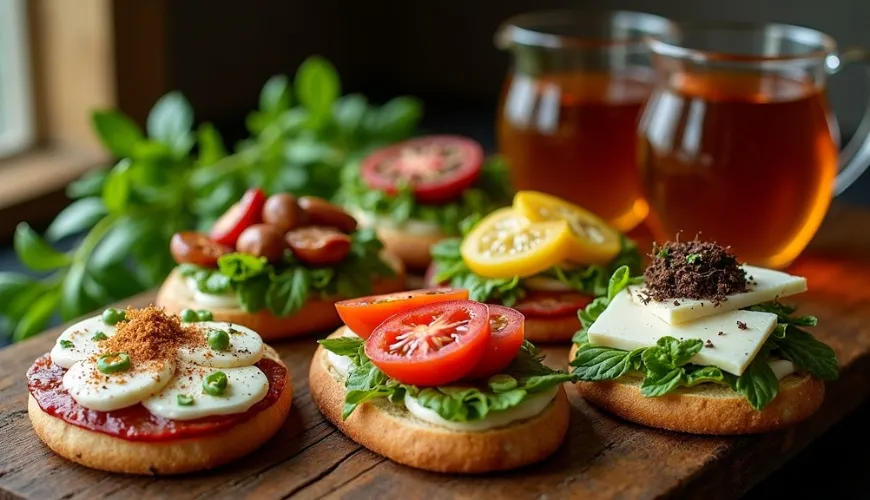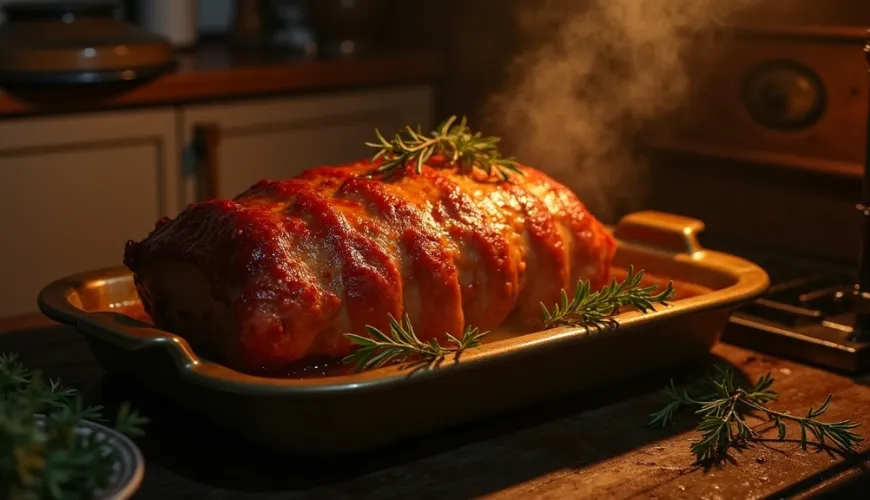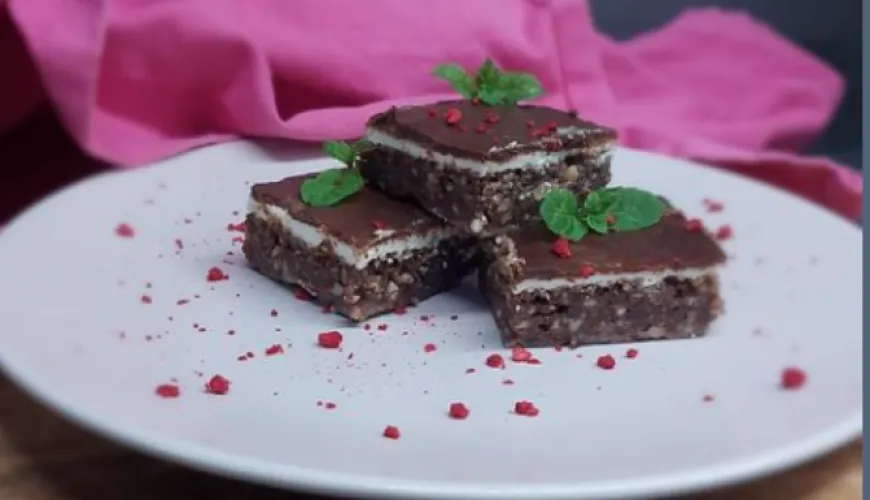
How to Make Roasted Pork that Will Delight Every Family

Pork Roasts from the Oven Like Grandma's - How to Perfectly Roast Flavorful Meat
The aroma of roasted meat wafting from the kitchen, the rustling of the oven, and the gentle bubbling of juices at the bottom of the baking dish. There's no need for many words; a single memory is enough for most of us to recall homemade pork roasts, lovingly prepared for family Sundays or holiday lunches. It's not a modern fad or a diet dish, but a hearty, honest meal that has had its place in Central European cuisine for generations. The foundation is quality meat, good spices, and above all, patience—because pork roasts baked in the oven are not about haste but a slow, loving process.
Pork Roasts - A Forgotten Treasure of Czech Cuisine
In today's world full of fast food, semi-finished products, and instant solutions, classic Czech dishes sometimes fall into the background. Yet dishes like roasts with dumplings and cabbage not only fill you up but also evoke nostalgia. Roasts are made from pork, most often from shoulder, neck, or belly. The meat is roasted slowly, so it beautifully sears, releases juices, and forms a golden crust, which is one of the main delights of this dish.
There are many variations on how to prepare roasts. Some cooks add onions and garlic, others season only with salt and caraway, while others swear by a bit of beer or broth. But whatever variant you choose, the key is to leave the meat in the oven long enough—and that's where the question arises: Is there a difference between a conventional and a convection oven?
Baking in Conventional and Convection Ovens
Today, many households have convection ovens, which allow for more even baking. This means that heat is distributed in the oven using a fan, which can, in some cases, shorten preparation times or lower the temperature. However, when preparing roasts, it doesn't mean everything is faster. On the contrary—pork roasts in a convection oven still require their time for the meat to release fat, absorb the flavor of the spices, and gain a crispy crust.
Compared to a conventional oven, you can set a slightly lower temperature in a convection oven—such as 160°C instead of 180°C—but the baking time doesn't dramatically shorten. The advantage is that the meat bakes more evenly, and if you're roasting a larger quantity of meat on two levels, the convection mode ensures that everything is nicely cooked through.
An older lady from a small town in Vysočina, who cooked for her family and in a school canteen for many years, once said: "The best roasts are those that bake slowly and peacefully. The oven mustn't rush—the meat will let you know when it's done." And that's precisely the magic of roasts—don't rush, but let everything flow at a natural pace.
How to Make Perfect Pork Roasts in the Oven
There are a few simple rules to follow when preparing roasts to ensure a result like from our grandmothers' kitchens:
- Choosing the Meat: Neck or shoulder is ideal—they have enough fat that releases during baking and forms the base for the juice and aroma.
- Seasoning: Salt, freshly ground pepper, crushed caraway. Garlic is a great addition but not necessary for everyone.
- Preheated Oven: Always place the meat in an oven that already has the correct temperature—ideally 160–180°C.
- Patience: The meat should ideally bake for 2 to 2.5 hours. Baste it intermittently with water or beer.
- Golden Crust: Increase the temperature in the last 15–20 minutes (e.g., to 200°C) for a beautifully crispy surface.
Many people think that roasts are a "heavy" meal. And it's true that the combination of pork, dumplings, and cabbage isn't exactly a light lunch. But just like with other traditional dishes, balance is key here. Adding a fresh salad, choosing meat with less fat, or serving with boiled potatoes can create a meal that is filling yet relatively balanced.
Roasts with a Twist - A Modern Approach Without Losing Flavor
An interesting option is to prepare roasts in a modern way. Instead of classic pork, you can choose meat from organic farming, which doesn't contain unnecessary additives and antibiotics. Choosing quality local ingredients is not only an ecological but also a rewarding culinary path today. If you also complement the meat with roasted vegetables, like carrots, parsnips, or onions, you get a tasty and colorful dish that deviates from the traditional concept but still respects the basic principles.
An inspiring story is that of a young family who decided to change their diet—not radically, but gradually. They started by treating themselves once a week to a "traditional Sunday"—a meal they knew from childhood but prepared more healthily. They served the roasts with sugar-free red cabbage and whole grain dumplings. The taste remained, but the guilt vanished.
Roasts as Part of Conscious Eating
Nowadays, more and more people are thinking about what they eat, where the ingredients come from, and their impact on health and the environment. Even such a traditional dish as roasts can be prepared in line with these values. The key is the conscious choice of ingredients and respect for the food itself. If you choose meat from a local farmer or organic producer instead of anonymous mass-produced meat, your dish takes on a completely new dimension—flavorful, ethical, and environmental.
Moreover, roasts can be more than just one meal. Leftover meat can be used the next day for sandwiches, in risotto, or as a base for pasta. The juices created during baking are an excellent base for sauce or a foundation for stewed vegetables.
"Traditional food doesn't have to be outdated—just prepare it with respect for yourself, the ingredients, and the planet."
Baking in the oven, whether conventional or convection, is a beautiful ritual that requires time but brings multiple rewards. Flavor, aroma, the joy of shared food. And in today's fast-paced world, that is perhaps the greatest value.

